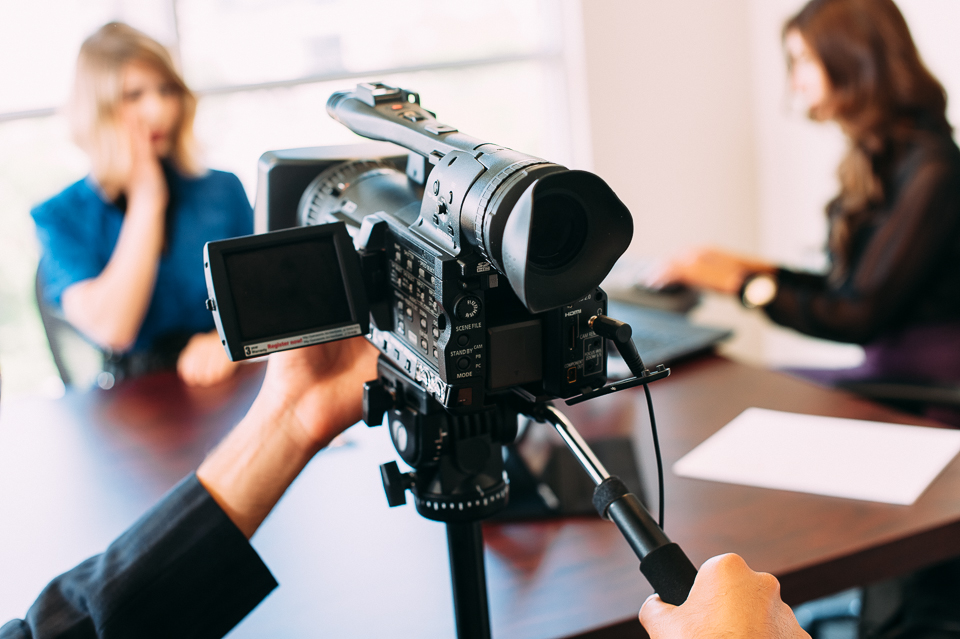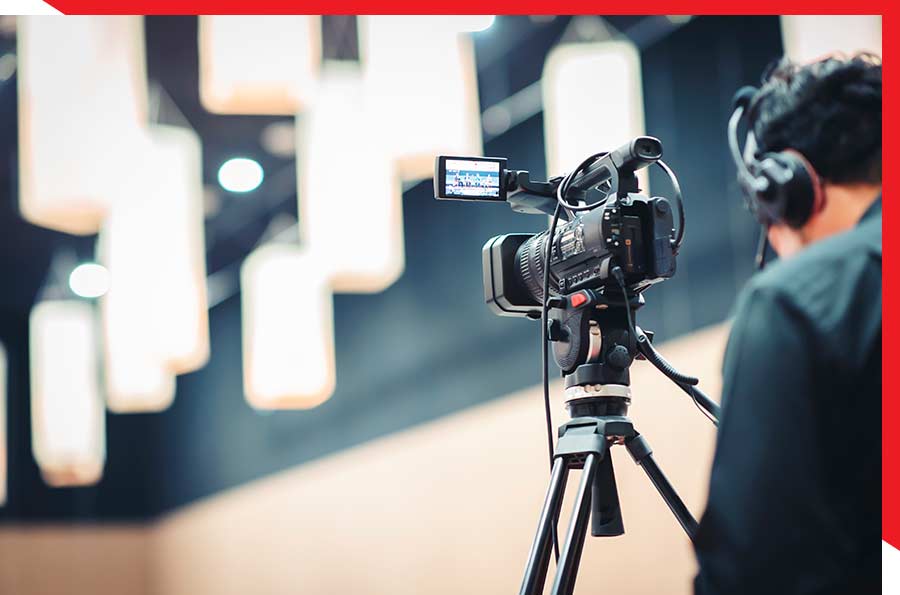Legal Videography: Changing the Method Proof is Caught and Offered
Legal Videography: Changing the Method Proof is Caught and Offered
Blog Article
Exploring the Devices of Lawful Videography: Introduction Its Operation in Safeguarding Genuine Visual Statement for Judicial Proceedings
In the world of judicial proceedings, the function of lawful videography stands as a keystone in preserving and offering visual evidence. As modern technology proceeds to advance, the mechanisms behind lawful videography have actually become progressively intricate, providing an important layer of credibility to testaments caught on video clip.
Historic Evolution of Legal Videography
Analyzing the historical development of legal videography reveals a considerable change in the recording and discussion of aesthetic proof within the lawful landscape. In the past, lawful proceedings greatly counted on created photos and transcripts to record events and give proof. With the introduction of video clip innovation, the legal sector experienced a standard shift in just how visual testament was recorded and provided.
The evolution of legal videography can be mapped back to the late 20th century when developments in video recording equipment made it much more easily accessible for usage in court rooms. This technological improvement not just boosted the accuracy and dependability of visual evidence but also transformed the method cases existed to courts and courts (Legal Videography). Lawyers started to acknowledge the persuasive power of video recordings in sharing emotions, subtleties, and non-verbal signs that created transcripts or pictures alone might not record successfully

Technology Improvements in Video Clip Documents
What key technological developments have changed video clip documents in the legal field? The lawful field has actually seen substantial innovations in video clip documentation modern technology that have improved the credibility and dependability of aesthetic proof in judicial process. Among the essential improvements is high-def (HD) video clip recording abilities, which provide crystal-clear pictures and sharp details that are vital for precisely recording testimonies, facial expressions, and other visual cues. Additionally, the combination of timestamping and metadata attributes in video clip documents devices has actually allowed accurate documents of when and where the video clip was recorded, ensuring the honesty of the proof offered in court.
In addition, innovations in video clip security and watermarking modern technologies have reinforced the security and tamper-proof nature of video evidence, guarding it versus unauthorized alterations or meddling. The introduction of cloud storage solutions and remote gain access to abilities has streamlined the storage space, access, and sharing of video proof, facilitating seamless cooperation amongst legal experts and making sure effective accessibility to vital aesthetic testimonies when needed. These technological improvements in video clip documentation have actually unquestionably reinvented the legal field, boosting the precision, reputation, and Recommended Site admissibility of aesthetic proof in judicial process.
Role of Lawful Videographers in Court Room Settings
The advancement of video clip documentation modern technology in the legal field has demanded an essential role for legal videographers in court setups, ensuring the integrity and dependability of visual testimonies offered throughout judicial process. Lawful videographers play an essential function in recording and protecting precise visual proof that can be critical in litigation. Their responsibility encompasses setting up tools, videotaping procedures, and producing high-grade video clips that precisely show the events in the court room.
Additionally, legal videographers often function closely with lawful groups to guarantee that the video proof straightens with the situation's needs and can be successfully offered in court to support the legal disagreements being made. Generally, the role of lawful videographers in courtroom settings is important in promoting the concepts of justice and guaranteeing the openness of legal process. Legal Videography.

Ensuring Admissibility and Integrity of Video Clip Proof
To maintain the reputation of visual proof presented in legal proceedings, guaranteeing the admissibility and honesty of video proof is an important obligation for lawful videographers. Admissibility refers to the acceptance of proof by the court, and for video evidence to be acceptable, it must meet specific standards. Legal videographers play an important function in making sure that the videos they record comply with the guidelines of evidence, such as authenticity, dependability, and importance.
Stability of video check it out evidence entails maintaining the originality and precision of the footage from the moment it is recorded up until it exists in court. This consists of safely saving the video data, recording the chain of wardship, and preventing any kind of tampering or alterations. Legal videographers must comply with rigorous procedures to ensure the honesty of the video evidence and avoid any type of difficulties to its authenticity.
Future Trends in Legal Videography
Offered the enhancing reliance on innovation in lawful proceedings, lawful videographers are positioned to welcome ingenious developments forming the future of visual testimony capture and presentation. One of the noticeable trends coming up is the combination of digital fact (VR) and augmented fact (AR) innovations into lawful videography. These innovations have the potential to change exactly how aesthetic proof exists in court rooms, enabling courts and courts to submerse themselves in the scene of the criminal offense or incident.
Moreover, the use of fabricated knowledge (AI) formulas for video evaluation is anticipated to improve the process of examining and examining large amounts of video footage. AI can assist in determining crucial minutes, abnormalities, and patterns within video clips, improving the performance of lawful examinations.

Conclusion
Finally, legal videography has played a critical duty in giving genuine aesthetic evidence for judicial procedures. Via technological innovations and the know-how of legal videographers, the integrity and admissibility of video clip proof are guaranteed in court room setups. As legal videography remains to develop, it will certainly be crucial to promote requirements that keep the precision and dependability of aesthetic testimony for the future of lawful procedures.
Analyzing the historical progression of legal videography discloses a considerable change in the catching and discussion of aesthetic proof within the lawful landscape.The evolution of video clip documents technology in the lawful field has necessitated a crucial duty for legal videographers in court settings, ensuring the honesty and dependability of visual statements provided during judicial procedures. Additionally, lawful videographers usually function carefully with legal groups to ensure that the video clip evidence aligns with the case's requirements and can be effectively provided in court to sustain the legal arguments being made.To keep the integrity of aesthetic evidence offered in legal proceedings, guaranteeing the admissibility and stability of video proof is an essential duty for lawful videographers. As legal videography continues to progress, it will be necessary to copyright standards that maintain the accuracy and reliability of aesthetic testimony for the future of lawful procedures.
Report this page